Pliny the Elder, wrote in his Natural History (Naturalis historia) during the first century A.D., “There is in them a softer fire than the ruby, there is the brilliant purple of the amethyst, and the sea green of the emerald – all shining together in incredible union. Some by their splendor rival the colors of the painters, others the flame of burning sulphur or of fire quickened by oil.”
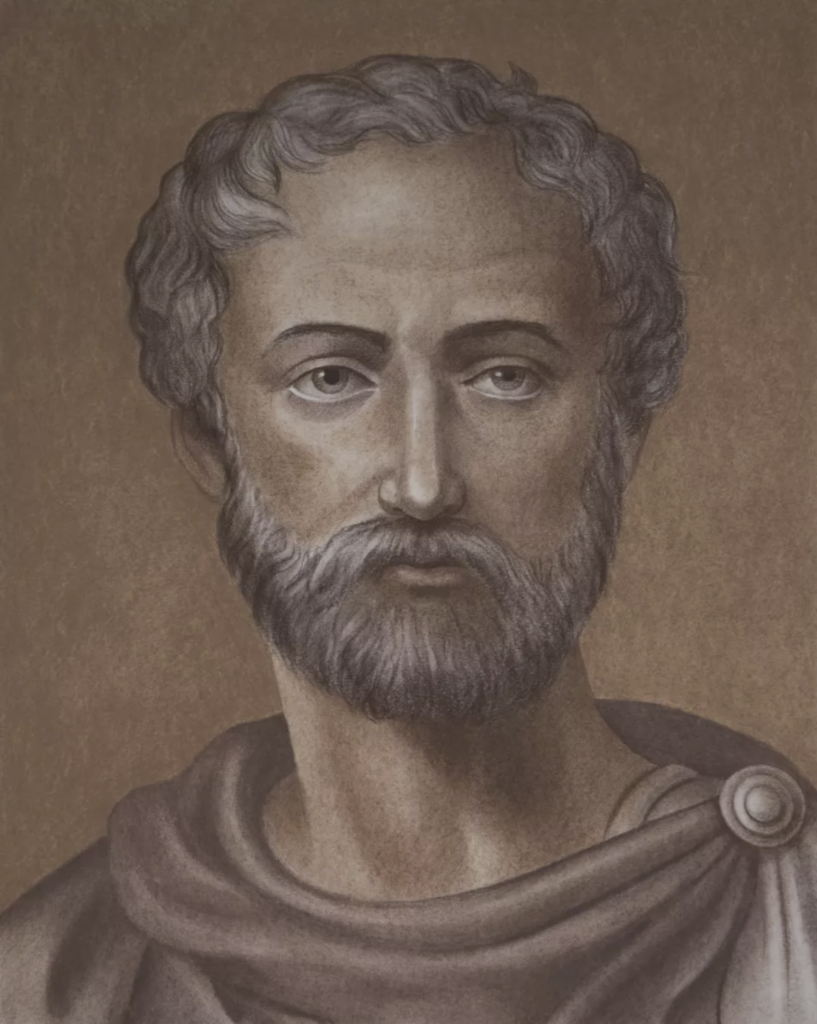
Pliny the Elder – Roman Scholar
Pliny was describing the illustrious beauty of one of the world’s most special gemstones: opal. The ancient Romans were first introduced to opals mined in Eastern Europe, likely modern day Hungary. Opals symbolized love and hope in ancient times and many cultures believed the stone had supernatural properties. But the opals Pliny lauded would not likely have compared to the renowned deposits found in Lightning Ridge. This remote region in New South Wales, Australia is recognized as the premier location for the world’s finest black opals.
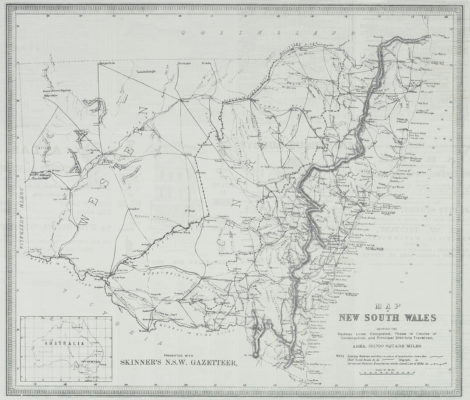
Map of New South Wales, Australia, location of Lightning Ridge opal deposits.
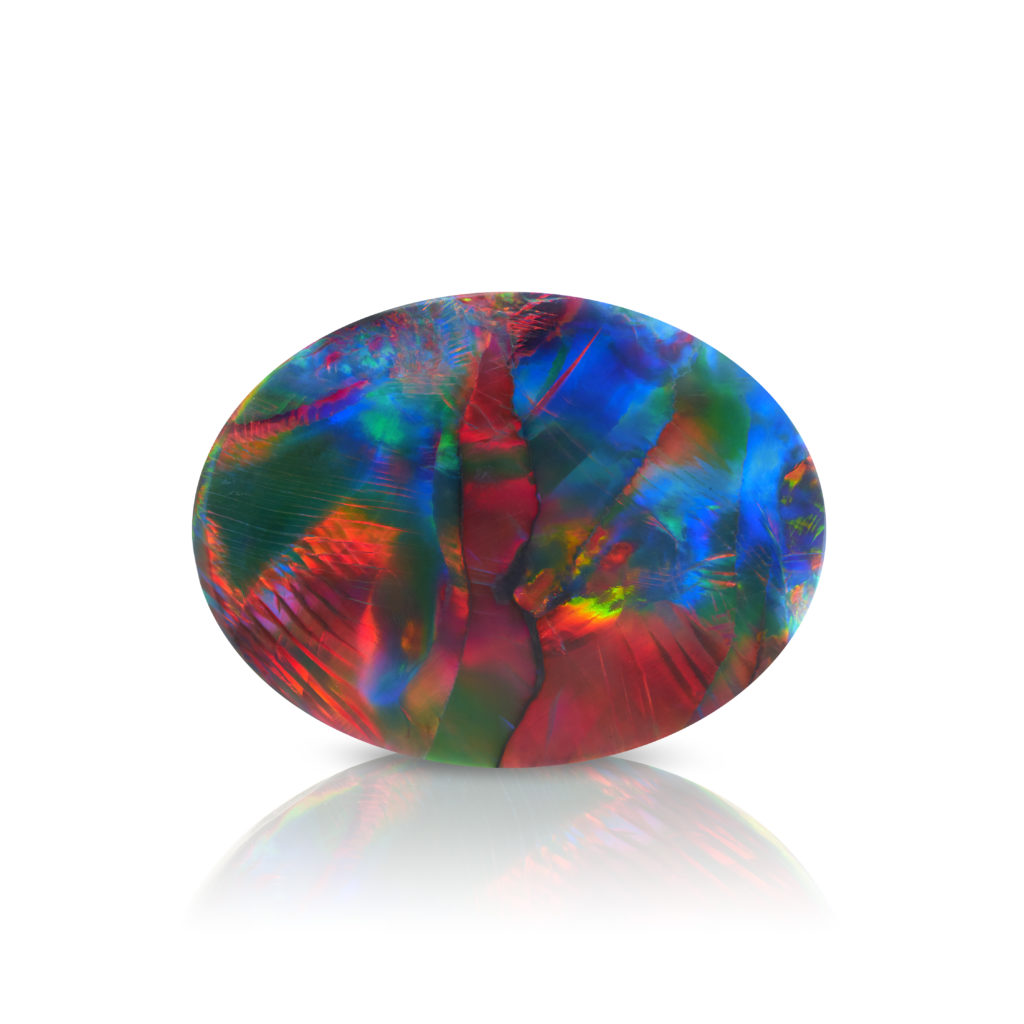
Opals are composed of mainly non-crystalline silica that forms over the course of hundreds of thousands of years. Water travels through the rock into crevices and through natural processes, the silica are tightly compressed and stacked in a spherical arrangement that harden over time to form opal. This process can also opalise fossils, a find for which Lightning Ridge is also well known.
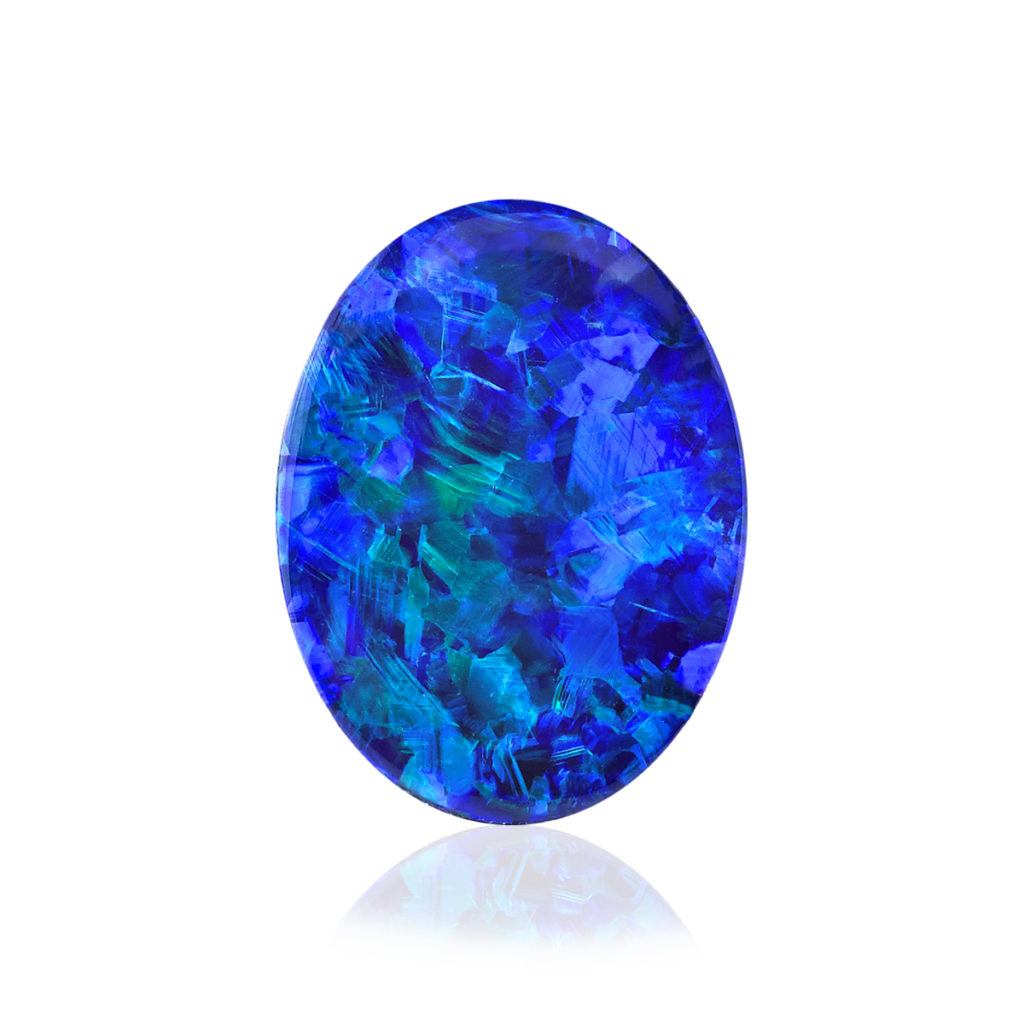
Opals are typically classified by their background color – also called bodycolor. With a darker bodycolor the flashes of color or ‘play of color’ tends to stand out more dramatically and attractively against a darker background. Opal was first discovered in Lightning Ridge in the late 1880s, and although mining continued through the beginning of the 20th century, larger scale opal production didn’t occur until the late 1950s driven by increasing demand and the introduction of more modern mining technology. Opal mining in Lightning Ridge is usually done underground and extracted from the clay-rich layers in the earth. Layered above by sandstone, opals mined in the clay-rich layer are typically found around 30 meters below the surface.
Australia mines about 90-95% of the world’s opals, but it is the rare black opal of Lightning Ridge that command top prices comparative to other opals. Black opal is typically found in nobs or in the less common, seams. Seam opals can be very thin; therefore it is common to find these opals backed by host rock or ‘opal-matrix’ to strengthen the gem.
Tullie Cornthwaite Wollaston, born in South Australia in 1863, is the man credited with introducing Australian opals to the rest of the world. Queen Victoria was an avid admirer of the gemstone and wore them throughout her reign. As the style-setting reigning monarch, and with her court viewed as the model for fashion around the world, the demand for the newly discovered Australian opals increased.
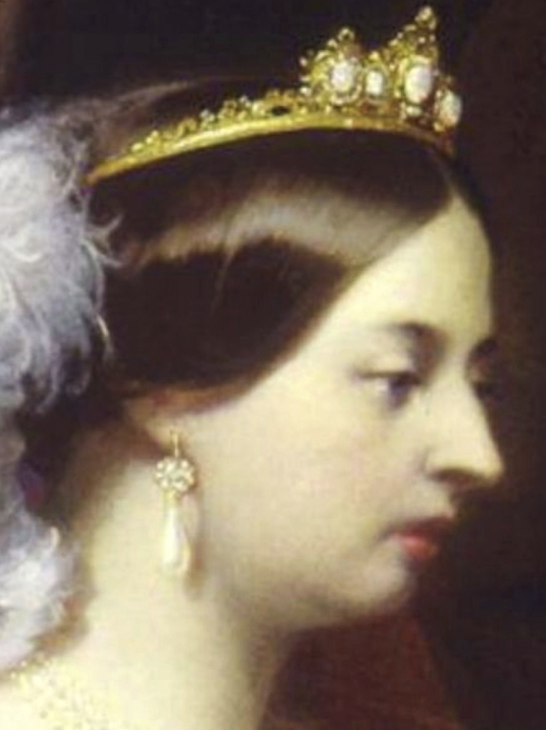
Queen Victoria was an avid collector of opal, seen here with her opal tiara.
Wollaston, a long admirer and surveyor of gemstones, along with his companion and surveyor, Herbert Butterfield, set forth from Adelaide, Australia in November 1888 hearing rumors of a new opal find. After an arduous journey, they arrived in Queensland, inspected the opal strike, bought specimens and obtained land leases. There were virtually no established opal fields in Australia at the time, although some local miners were stockpiling this unique gemstone as they encountered it; to speak to Wollaston’s gamble, this region was part of some of Australia’s harshest country, noted for its lack of water and incredibly unforgiving summers. When Wollaston described his travels in his book, he described this land as ‘the never never.’
Upon his arrival, dealers in London were suspicious of these new superior opals. He continued pursuing opal sources in Queensland and New South Wales in the ensuing years. In the early 1900s, his agent, Edmund Francis Murphy, began buying opals for him from Lightning Ridge, New South Wales, abandoning the now declining White Cliffs opal fields. These were some of the first specimens of ‘black opal’ brought to the world market during the later 1900s. Believing strongly in the beauty and value of these opals, Wollaston traveled to London and America, trying to establish the market and convince jewelers and the public of the superiority of black opals. It took many years for the public to accept this previously unseen variety of opal, but opal lover’s appreciate Wollaston’s perseverance and today concur that the world’s most valuable and beautiful opals are found in Lightning Ridge.
Call us at 877.OMI.GEMS to inquire on our collection of fine Lightning Ridge black opals which display brilliant play-of-color.